Maintaining a car engine is crucial for the longevity and performance of your vehicle. Regular maintenance ensures that your car runs smoothly, efficiently, and safely. In this blog post, we will discuss how to maintain a car engine in detail, covering various aspects such as regular checks, oil changes, and more. This guide will help you keep your engine in top condition, saving you time and money on repairs.
Understanding the Basics
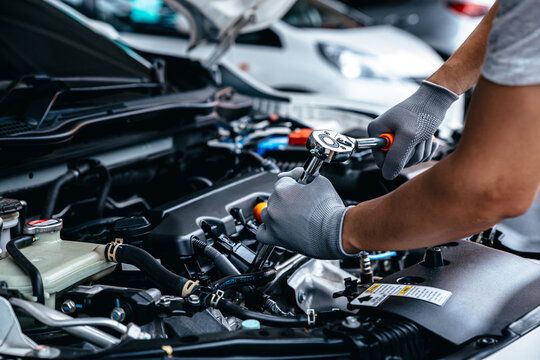
Before diving into how to maintain a car engine, it’s essential to understand the basics of how an engine works. The engine is the heart of your car, converting fuel into mechanical energy to move the vehicle. It consists of various components such as the cylinder, pistons, crankshaft, and camshaft, which work together to generate power.
Regular Oil Changes
One of the most critical aspects of how to maintain a car engine is regular oil changes. Engine oil lubricates the moving parts, reducing friction and wear. Over time, oil can become dirty and lose its effectiveness. Changing the oil every 3,000 to 5,000 miles, or as recommended by the manufacturer, ensures that your engine stays well-lubricated and free from contaminants.
How to Change Engine Oil
- Gather Tools and Supplies: You’ll need a wrench, oil filter wrench, new oil filter, funnel, oil drain pan, and the correct type of oil for your car.
- Drain the Old Oil: Place the oil drain pan under the drain plug and remove the plug to let the oil drain out.
- Replace the Oil Filter: Use the oil filter wrench to remove the old filter and install the new one.
- Add New Oil: Replace the drain plug and use the funnel to add the new oil.
- Check Oil Level: Start the engine and let it run for a few minutes, then check the oil level and add more if needed.
For more detailed instructions, you can refer to this guide.
Inspect Belts and Hoses
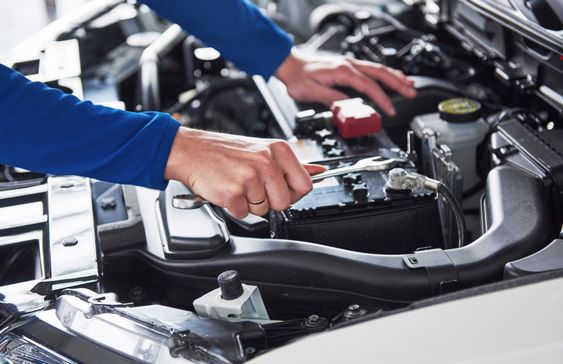
Belts and hoses are vital components of your engine. Regularly inspecting them for signs of wear and tear is an essential part of how to maintain a car engine. Look for cracks, fraying, or leaks, and replace any damaged parts immediately.
Types of Belts and Hoses
- Timing Belt: Ensures that the engine’s valves open and close at the correct times.
- Serpentine Belt: Drives multiple peripheral devices such as the alternator and power steering pump.
- Radiator Hoses: Carry coolant between the engine and the radiator.
For more information on inspecting belts and hoses, check out this resource.
Keep the Cooling System in Check
The cooling system prevents the engine from overheating. Regularly checking the coolant level and inspecting the radiator and hoses is crucial for how to maintain a car engine. Ensure that the coolant is at the proper level and free from contaminants.
How to Check the Cooling System
- Check Coolant Level: Open the coolant reservoir and check the level. Add more coolant if needed.
- Inspect Radiator: Look for leaks or damage.
- Flush the Cooling System: Every 2 years or 30,000 miles, flush the cooling system to remove any buildup.
For a step-by-step guide, visit this link.
Air Filter Maintenance
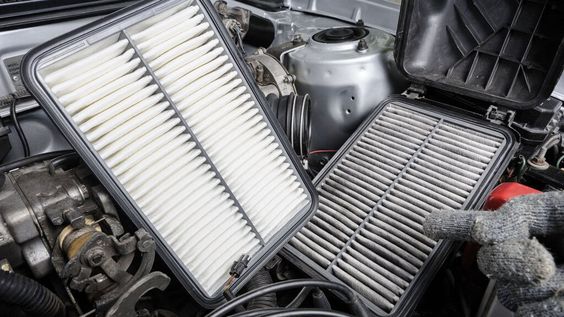
The air filter prevents dirt and debris from entering the engine. A clean air filter is essential for optimal engine performance. Replacing the air filter every 12,000 to 15,000 miles is a key part of how to maintain a car engine.
How to Replace the Air Filter
- Locate the Air Filter Box: It’s usually near the front of the engine.
- Remove the Old Filter: Open the box and take out the old filter.
- Install the New Filter: Place the new filter in the box and close it.
For more detailed instructions, refer to this guide.
Spark Plugs and Ignition System
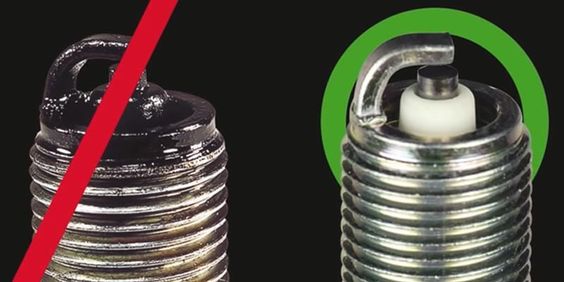
Spark plugs ignite the fuel-air mixture in the engine, and a well-maintained ignition system is crucial for how to maintain a car engine. Replacing spark plugs every 30,000 miles or as recommended by the manufacturer ensures smooth engine performance.
How to Replace Spark Plugs
- Locate Spark Plugs: Refer to your car’s manual.
- Remove Old Plugs: Use a spark plug socket to remove the old plugs.
- Install New Plugs: Insert the new plugs and tighten them.
For more information, check out this resource.
Regularly Check Fluid Levels
Maintaining proper fluid levels is essential for how to maintain a car engine. Regularly check and top off the following fluids:
- Engine Oil: As mentioned earlier.
- Coolant: Keeps the engine cool.
- Brake Fluid: Ensures proper braking.
- Power Steering Fluid: Aids in steering.
- Transmission Fluid: Keeps the transmission running smoothly.
For a comprehensive guide on checking fluid levels, visit this link.
Battery Maintenance
A well-maintained battery is crucial for starting the engine and powering electrical components. Regularly checking the battery terminals for corrosion and ensuring a tight connection is a vital part of how to maintain a car engine.
How to Maintain a Car Battery
- Inspect Terminals: Look for corrosion and clean if necessary.
- Check Voltage: Use a multimeter to check the battery voltage.
- Replace if Needed: If the battery is weak, replace it.
For more information, refer to this guide.
Regular Tune-Ups
Regular tune-ups are essential for how to maintain a car engine. A tune-up typically includes replacing spark plugs, inspecting the ignition system, and checking the fuel system. Schedule a tune-up every 30,000 miles or as recommended by your car’s manufacturer.
What’s Included in a Tune-Up?
- Spark Plug Replacement: Ensures proper ignition.
- Fuel System Check: Ensures efficient fuel delivery.
- Ignition System Inspection: Ensures proper spark.
For a detailed guide on what’s included in a tune-up, visit this link.
Listen to Your Engine
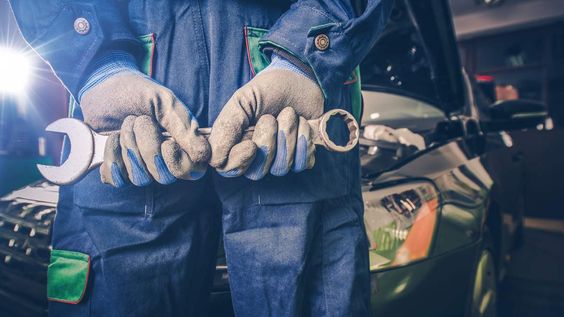
Listening to your engine can provide valuable clues about its condition. Strange noises such as knocking, ticking, or hissing can indicate underlying problems. Addressing these issues promptly is crucial for how to maintain a car engine.
Common Engine Noises and Their Meanings
- Knocking: Can indicate engine knocking or detonation.
- Ticking: May indicate a problem with the valves.
- Hissing: Could indicate a leak in the cooling system.
For more information on diagnosing engine noises, check out this resource.
Use High-Quality Fuel
Using high-quality fuel is an essential aspect of how to maintain a car engine. High-quality fuel contains detergents that help keep the fuel system clean, leading to better engine performance and fuel efficiency.
Benefits of High-Quality Fuel
- Cleaner Engine: High-quality fuel keeps the engine clean.
- Better Performance: Leads to smoother engine operation.
- Improved Fuel Efficiency: Better fuel economy.
For more information on the benefits of high-quality fuel, visit this link.
FAQs
1. How often should I change my engine oil?
Changing your engine oil every 3,000 to 5,000 miles or as recommended by the manufacturer is crucial for maintaining a car engine. Regular oil changes ensure that your engine stays well-lubricated and free from contaminants.
2. What are the signs of a failing timing belt?
Signs of a failing timing belt include ticking noises from the engine, misfiring, oil leaks, and difficulty starting the car. Regularly inspecting and replacing the timing belt as needed is essential for how to maintain a car engine.
3. How do I know if my coolant needs to be replaced?
If your coolant level is consistently low or if the coolant appears dirty or rusty, it may need to be replaced. Regularly checking and flushing the cooling system is a key part of how to maintain a car engine.
4. How often should I replace my spark plugs?
Replacing spark plugs every 30,000 miles or as recommended by the manufacturer ensures smooth engine performance. This is an important step in how to maintain a car engine.
5. What should I do if my car makes strange noises?
Strange noises such as knocking, ticking, or hissing can indicate underlying problems. Addressing these issues promptly is crucial for how to maintain a car engine. Consult a professional mechanic if you hear unusual sounds.
6. Why is high-quality fuel important?
High-quality fuel contains detergents that help keep the fuel system clean, leading to better engine performance and fuel efficiency. Using high-quality fuel is an essential aspect of how to maintain a car engine.
7. How do I check fluid levels in my car?
Regularly check and top off fluids such as engine oil, coolant, brake fluid, power steering fluid, and transmission fluid. Proper fluid levels are essential for how to maintain a car engine.
Conclusion
Maintaining a car engine is a comprehensive process that involves regular checks, timely replacements, and using high-quality products. By following the tips outlined in this guide on how to maintain a car engine, you can ensure that your vehicle runs smoothly and efficiently for years to come. Regular maintenance not only enhances performance but also saves you money on costly repairs. Remember, a well-maintained engine is the key to a reliable and safe driving experience. NEXT POST MUST CLICK
For more detailed information and additional resources, you can visit the following external links:


[…] Happy customizing! CLICK HERE FOR NEXT POST […]